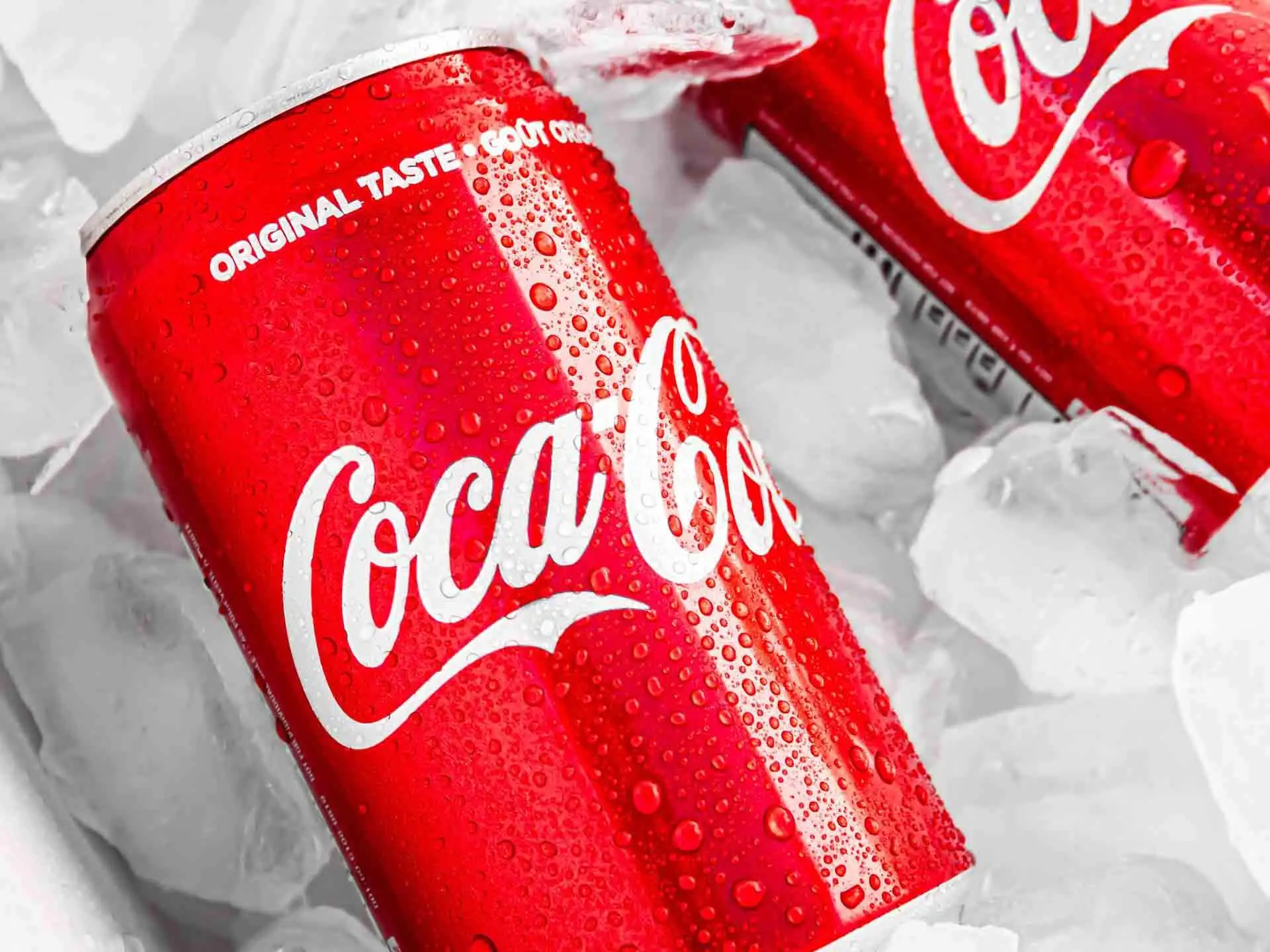Originally published October 30, 2023 , updated on October 25, 2023
Imagine creating a masterpiece. A work of art meticulously composed to resonate with your intended viewers. But what if this masterpiece were locked away in a vault? What if it were hidden from the world’s view? No matter how brilliant, it would remain unseen.
This analogy holds true for content in the digital age. High-quality content is the foundation of a robust digital presence. Still, effectively using content distribution channels unlocks its true potential. Only after content reaches your audience can it influence their decisions.
This in-depth blog will explore the pivotal role of content distribution channels in digital marketing. You will learn about owned, paid, and earned media channels. Furthermore, we’ll equip you with the knowledge and insights to orchestrate an effective content distribution strategy.
By the end of this journey, you’ll possess the tools to ensure that your content finds its way to your target audience and leaves a lasting impact.
Content Distribution Channels: Owned, Paid, and Earned Media
Competition for consumer attention in the digital space is fiercer than ever. So, understanding the nuances of content distribution channels is essential for your business to thrive. Owned, paid, and earned media channels are the cornerstones of a well-rounded content distribution strategy.
Each channel offers a unique pathway to reach and engage your target audience. It’s crucial to grasp the fundamental differences between them. In addition, you must align them with your marketing objectives. As a result, you’ll be able to make informed decisions about leveraging owned, paid, and earned media channels.
Owned Media

Owned media includes the digital platforms and assets controlled and maintained by a brand. They serve as a direct line of communication with the audience, free from external influences. These assets include company websites, mobile apps, email newsletters, and social media marketing.
Take the globally renowned sportswear giant, Nike, for instance. Nike’s website represents powerful owned content distribution channels. These platforms showcase the latest athletic gear and provide rich, interactive content, such as athlete stories and training tips. Through these formats, Nike establishes an immersive brand experience. Their tactic fosters customer loyalty and strengthens Nike’s position as a leading player in the athletic apparel industry.
Advantages of Owned Media
- Full control and branding: With owned content distribution channels, you can shape your online presence to align precisely with your identity and values. From design to messaging, you exercise complete control. Consequently, you can ensure a consistent and compelling brand image.
- Long-term asset building: Owned media are long-term assets. Unlike rented or paid media, which can disappear when budgets run dry, owned media accumulates value over time. They provide a stable foundation for ongoing engagement and customer relationships.
- Cost-efficiency: Owned media assets often involve lower ongoing costs than paid strategies. While there may be initial expenses in setting up and maintaining these platforms, the absence of recurring advertising fees can lead to substantial cost savings over time. This cost-efficiency allows you to allocate resources to other critical aspects of your marketing efforts, such as content creation or product development.
How to Use Owned Media Effectively
To harness this approach effectively, you should prioritise regular updates across your owned content distribution channels. Firstly, ensure your websites, apps, and social media profiles feature fresh and relevant content. Consistency in branding and messaging across these formats reinforces a strong brand image. Secondly, actively engage with the audience through comments, messages, and feedback. Customer engagement is essential for building and nurturing customer relationships.
Thirdly, optimise your content for mobile devices to create a seamless user experience. Optimisation will help you cater to a wider audience across various screens. Lastly, employ data analytics strategically. The data will help you track the performance of your owned content distribution channels. By identifying trends, you can fine-tune your content distribution strategy. Consequently, you can continue to improve and ensure that your owned media remain valuable assets in your marketing arsenal.
Paid Media

Paid media refers to digital platforms or promotional avenues where brands invest financial resources to amplify their content’s reach and visibility. These media are characterised by paid advertising efforts designed to reach a broader audience. Examples of paid media include social media advertising on platforms like Facebook and Instagram. Additionally, there is pay-per-click (PPC) advertising through Google Ads. Furthermore, influencer partnerships, where brands collaborate with influencers to promote content, are also considered paid media.
For example, Amazon employs various paid media, such as sponsored product listings and display ads. When users search for products on Google, Amazon products often appear at the top of the search results, ensuring maximum visibility. Moreover, Amazon uses retargeting ads on other eCommerce websites to re-engage visitors who have shown interest in specific products.
Advantages of Paid Media
- Immediate reach and visibility: One of the primary advantages of paid content distribution channels is the ability to achieve immediate reach and visibility. Paid ads can rapidly expose your content to a broader audience, bypassing the slow organic growth often associated with other channels.
- Targeted advertising options: Paid media offer precise targeting options. You can tailor your content to specific demographics, interests, and behaviours with the correct data and insights.
- Performance tracking and optimisation: Paid media provides robust analytics and tracking tools. This advantage allows you to monitor the performance of your campaigns in real-time. Getting the insights needed to make data-driven adjustments and continuously optimise your content distribution strategy is crucial. This dynamic approach allocates your budget efficiently, maximising the return on your investment.
How to Use Paid Media Effectively
Start by defining clear objectives and key performance indicators (KPIs) to measure success. Then, conduct in-depth audience research to understand their preferences and behaviours. This understanding enables you to create highly targeted ad content. Moreover, regularly practice A/B testing of ad creatives, headlines, and targeting options to identify what resonates best with your audience.
Additionally, monitor and analyse campaign performance by paid media. These steps are essential for making data-driven adjustments and optimisations. By employing these tactics, you can maximise the potential of your paid media channels. This strategy drives immediate reach, visibility, sustainable engagement, and conversions.
Earned Media

Earned Media refers to the organic, unpaid methods of sharing content driven by user engagement, recommendations, and shares. This category includes social media mentions, reviews, claims, and word-of-mouth referrals. A shining example of an earned distribution channel is when customers voluntarily post about a brand or product on their social media profiles, creating a ripple effect of exposure.
Airbnb is a prime example of a company that utilises user-generated content to its advantage. Travellers frequently share their unique Airbnb experiences on social media, complete with photos and enthusiastic reviews. As a result, these organic endorsements expand Airbnb’s reach and build trust among potential customers. The company leverages this user-generated content by featuring it prominently on its website, showcasing the real experiences of its guests. It’s a powerful way to harness earned media to enhance credibility and brand perception.
Advantages of Earned Media
- Credibility and trust-building: Content shared by users and customers carries inherent credibility since viewers perceive it as unbiased and genuine. Positive reviews and endorsements from real people build trust, helping to sway potential customers in your favour.
- Cost-effectiveness: Earned media require little to no direct financial investment. Instead, they rely on the goodwill and enthusiasm of your audience, making them a cost-effective way to expand your content’s reach.
- Viral potential: Another advantage of earned channels is their viral potential. Users sharing your content can quickly gain momentum, reaching a wider audience than your owned or paid efforts alone.
How to Use Earned Media Effectively
Effectively utilising earned distribution channels revolves around nurturing a community of enthusiastic users who willingly advocate for your brand. First and foremost, encourage and incentivise user-generated content, whether it’s reviews, testimonials, or social media shares. Show appreciation for these contributions by actively engaging with user content through comments and likes.
Additionally, leverage positive mentions and endorsements by prominently featuring them on your website and marketing materials, as these serve as powerful social proof. Then, vigilantly monitor online mentions of your brand and content, responding promptly and professionally to positive and negative comments to maintain a positive online reputation. By fostering engagement and trust with your audience, you can harness the potential of earned channels to amplify your content distribution strategy.
Choosing the Right Mix of Owned, Paid, and Earned Media for Your Business
Finding the right mix of owned, paid, and earned media channels is crucial for your business. To embark on this journey successfully, consider the following four key steps:
- Assess your business goals and objectives: Begin by clarifying your business’s short-term and long-term objectives. Then, determine what you aim to achieve through your content distribution strategy. Your goals can include increased brand awareness, lead generation, or direct sales.
- Evaluate your target audience and their behaviour: Understand your target audience’s demographics, preferences, and online behaviour. This knowledge is essential for selecting the most suitable content distribution channels to effectively reach and engage with them.
- Build a customised content distribution strategy: Craft a customised strategy that harmonises owned, paid, and earned media channels. Define the roles each channel will play in achieving your content distribution objectives. For example, owned media may focus on brand building, while paid media drive immediate visibility. Finally, earned media build trust through user-generated content.
- Develop a timeline and implementation plan: Create a realistic timeline for your owned, paid, and earned media strategy. Make sure to consider the release of new content, campaign schedules, and seasonal trends. Afterwards, develop a detailed implementation plan outlining each channel’s specific tasks, responsibilities, and budget allocations.

Cross-Channel Integration Is Key
In the rapidly evolving digital landscape, the value of cross-channel integration is paramount. It is equally important to note that overreliance on a single content distribution channel is dangerous. Not striking a balance between owned, paid, and earned media can significantly jeopardise your business’s ability to adapt to user behaviour and market trends.
For instance, a company that exclusively relies on a single social media platform may find itself in a precarious position if its popularity wanes or the algorithms suddenly change. This can result in a sudden drop in visibility and engagement, adversely impacting the company’s bottom line.
With this in mind, let’s look at a prime example of the power of cross-channel integration – Disney. Disney seamlessly integrates its content across various owned, paid, and earned media channels. Their blockbuster movie releases are complemented by social media promotions, advertising campaigns, and influencer partnerships, creating a multi-channel buzz.
By adopting this holistic approach, Disney ensures their content reaches a diverse and engaged audience. This strategy maximises their content’s impact and provides resilience against market shifts and changing consumer preferences. Their success underscores the importance of diversifying your content distribution strategy and the value of cross-channel integration in building a robust online presence.
Conclusion
In the intricate web of content distribution channels, the right balance of owned, paid, and earned media channels is your compass to navigate the digital landscape successfully. As you embark on this journey, remember to align your chosen content distribution channels with your marketing objectives. Doing so will ensure they resonate with your target audience and serve your business goals effectively.
Moreover, the ever-evolving nature of the digital realm calls for continual adaptation and refinement of owned, paid, and earned media channel strategies. Be prepared to pivot, experiment, and embrace change to stay ahead of the curve.
With this in mind, you can craft a dynamic content distribution strategy that harnesses the power of paid, owned, and earned media channels to drive your brand’s success. So, let your content distribution strategy be guided by wisdom, resilience, and innovation, and let it propel your brand toward unprecedented heights.
Unlock your content’s full potential with Goodman Lantern’s expert content distribution strategy services. Book a discovery call today.
Post Views: 117



















